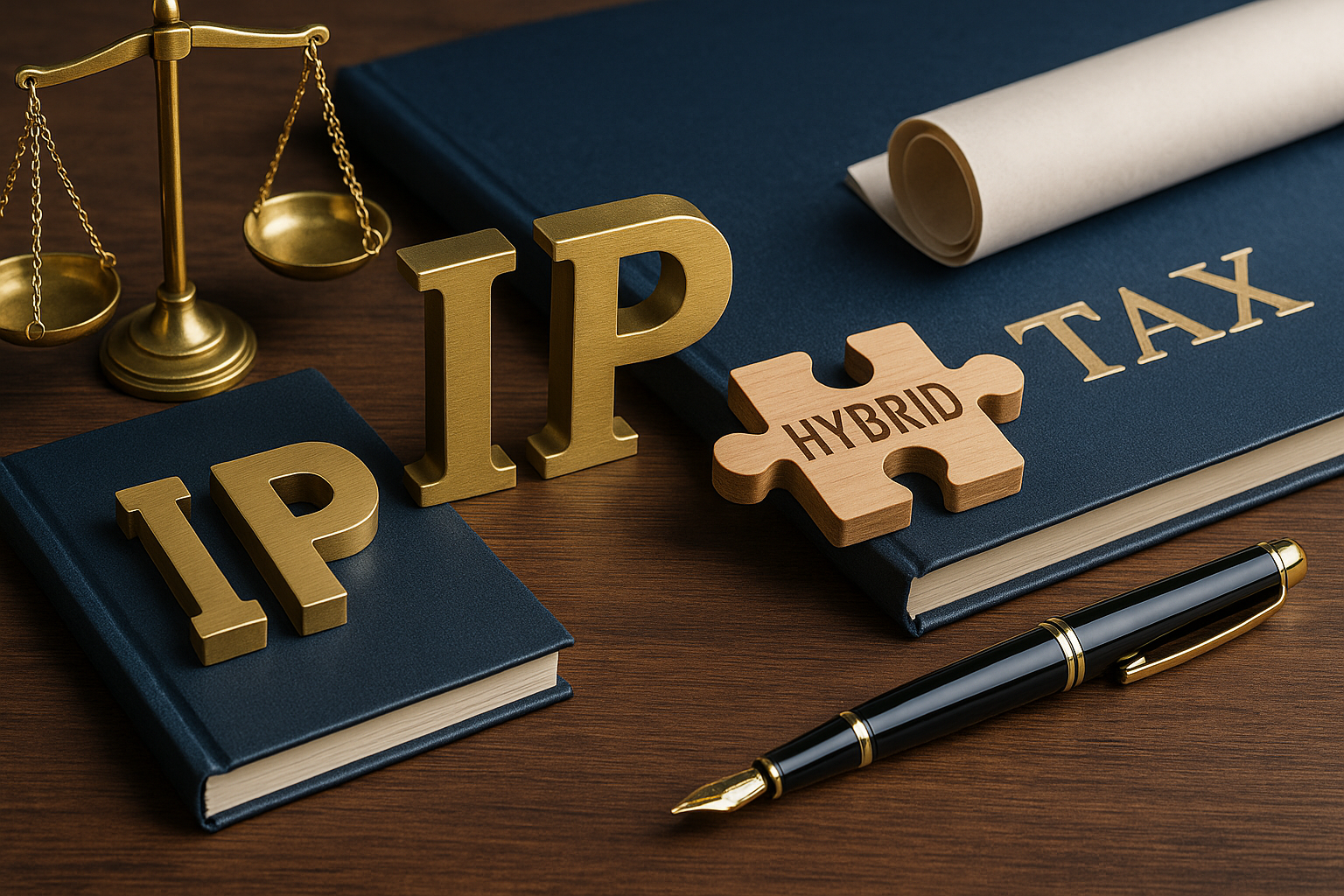As digital media continues to evolve, blockchain and Web3 technologies are paving the way for a more decentralized, transparent, and user-centric internet. With the promise of enhanced security, ownership, and new monetization avenues, blockchain and Web3 are reshaping digital media, enabling creators to directly engage with audiences and earn revenue without intermediaries. This article delves into the transformative role of blockchain and Web3 in digital media, exploring how these technologies are influencing content distribution, user engagement, and content monetization.
Understanding Blockchain and Web3 Technologies in Digital Media
What is Blockchain and How Does It Work?
Blockchain is a decentralized ledger technology that records data across multiple computers, ensuring transparency, security, and immutability. Each transaction is verified by a network of participants, making the blockchain nearly tamper-proof. In digital media, blockchain’s decentralized model allows creators to own and control their content without relying on traditional, centralized platforms. For example, artists and creators can share and sell digital assets on blockchain-powered marketplaces, maintaining ownership and control over their work.
Web3: The Decentralized Evolution of the Internet
Web3 represents the next generation of the internet, built on blockchain principles to create a more user-driven and decentralized ecosystem. Web3 relies on technologies such as smart contracts, decentralized applications (dApps), and non-fungible tokens (NFTs) to enable digital ownership and autonomy. By eliminating intermediaries, Web3 allows creators and users to interact and transact directly, providing a more equitable digital media landscape where control is decentralized.
Why Blockchain and Web3 Matter for Digital Media
Blockchain and Web3 have the potential to fundamentally disrupt traditional digital media by allowing for true ownership of digital assets, transparent transactions, and new models for content monetization. These technologies enable creators to monetize their work directly through NFTs, decentralized platforms, and smart contracts, giving them more control over revenue and reducing dependency on large media corporations.
Key Applications of Blockchain in Digital Media
Decentralized Content Distribution and Ownership
Blockchain enables decentralized content sharing, empowering creators to distribute their work independently of major platforms. By leveraging decentralized networks, creators can upload content directly, control access, and retain ownership. Decentralized distribution reduces reliance on centralized platforms, allowing creators to avoid platform fees and censorship. For example, blockchain-based content platforms like Audius allow musicians to share music directly with fans, monetizing their work without relying on intermediaries.
NFTs and Tokenization for Content Monetization
NFTs (non-fungible tokens) have revolutionized digital ownership and monetization. By tokenizing digital content, creators can offer exclusive assets, memberships, or experiences directly to fans. NFTs provide proof of ownership for digital items, making them valuable in digital art, music, video, and gaming. Content creators can use NFTs to sell exclusive content or offer “membership” access, creating new revenue streams. For example, artists can sell limited-edition digital artworks as NFTs, allowing buyers to own unique, verifiable digital assets.
Smart Contracts for Licensing and Royalties
Smart contracts on the blockchain enable automated, transparent royalty distribution, reducing dependency on intermediaries for payment processing. By embedding terms into smart contracts, creators ensure they are compensated whenever their content is used, redistributed, or resold. This is especially valuable in the music and film industries, where royalties are often delayed or unclear. Blockchain-based royalty systems provide immediate, verifiable payments, improving trust and efficiency in digital media.
Transforming User Engagement Through Web3
Community-Driven Platforms and DAOs
Decentralized autonomous organizations (DAOs) are community-led platforms that give users a say in how the platform operates, allowing creators and fans to co-own and govern the content ecosystem. DAOs enable users to vote on content direction, project funding, and platform policies, fostering a more inclusive, community-driven approach to media. For instance, media projects can be funded by a DAO, with backers receiving tokens that represent their stake, giving users the power to influence content decisions and share in the project’s success.
Reward Systems and User Incentivization
Web3 platforms incentivize user engagement by rewarding contributions with tokens, which can be redeemed for exclusive content, services, or access. These reward systems foster loyalty, encouraging users to engage more actively with creators and platforms. For example, a streaming platform could reward users for content engagement, such as watching videos, sharing, or commenting, with tokens that can be exchanged for access to premium content or exclusive perks.
Enhanced Privacy and Control for Users
Web3 offers users more control over their data, reducing the need for centralized platforms that monetize user information. With Web3, users maintain ownership of their digital identities, and blockchain’s transparency ensures they know how their data is used. Decentralized identities (DIDs) allow users to interact across multiple platforms without relinquishing control of their data, enhancing privacy and trust between users and media platforms.
Case Studies: Blockchain and Web3 in Action
NFT Marketplaces for Exclusive Content
NFT marketplaces like OpenSea and Rarible allow artists and creators to monetize their digital assets as NFTs, giving fans exclusive access to digital art, music, or other media. For instance, musicians can release limited-edition tracks or album artwork as NFTs, providing a new revenue source and a way to engage with dedicated fans. These platforms enable direct creator-to-audience transactions, bypassing traditional intermediaries and putting control directly in the hands of creators.
DAOs in Media Content Creation and Funding
Some content platforms are utilizing DAOs to create and fund media projects through community governance. For example, a documentary project might launch a DAO to raise funds, allowing contributors to vote on production decisions and even share in any revenue generated. This decentralized funding model empowers creators while giving supporters a direct influence on the project’s direction, creating a collaborative approach to content creation.
Decentralized Streaming Platforms
Decentralized streaming services, such as Theta, allow creators to retain control over their content and revenue. These platforms operate without centralized control, offering lower fees and better revenue sharing for creators. Users on decentralized streaming platforms can support creators directly, often through blockchain-based payments, ensuring creators receive fair compensation without needing third-party validation.
Advantages and Challenges of Blockchain in Digital Media
Benefits of Decentralization and Direct Monetization
Blockchain and Web3 offer direct monetization opportunities by enabling creators to engage with their audience without intermediaries. This decentralization reduces fees and offers creators control over their intellectual property. By eliminating intermediaries, blockchain empowers creators to maintain revenue control and ownership rights, fostering a more equitable digital media ecosystem.
Scalability and Environmental Concerns
While blockchain offers significant benefits, scalability and environmental impact remain challenges. Processing high volumes of transactions can slow down networks and increase costs, especially on energy-intensive blockchains. Solutions like proof-of-stake (PoS) and Layer 2 scaling are emerging to address these concerns, making blockchain more sustainable and suitable for large-scale adoption in media.
Regulatory and Compliance Considerations
Blockchain in digital media is subject to evolving regulatory scrutiny, particularly concerning data privacy, security, and intellectual property. As Web3 platforms grow, media companies must navigate a complex regulatory landscape to ensure compliance, protect user data, and secure intellectual property rights. Consulting with legal experts and staying informed on regulatory changes is essential for media companies exploring blockchain and Web3 applications.
Strategic Insights for Media Companies Adopting Blockchain and Web3
Identifying the Right Use Cases for Blockchain
For media companies, identifying practical use cases is essential to maximizing blockchain’s benefits. Companies can start by assessing where blockchain can add value, such as implementing NFTs for monetization, adopting smart contracts for licensing, or using decentralized storage for content distribution. Testing these applications on a small scale enables companies to refine their approach before wider implementation.
Building Partnerships with Blockchain Platforms
Partnering with established blockchain platforms provides media companies with the infrastructure and expertise needed for blockchain integration. By collaborating with industry leaders, media companies can access resources for NFT issuance, smart contract deployment, and secure data management, making adoption faster and more efficient.
Educating Teams and Users on Blockchain and Web3
The successful adoption of blockchain in digital media requires education for both internal teams and users. Training employees on blockchain technology ensures they understand its applications and best practices, while educating users builds trust and encourages participation. This educational component is key to bridging knowledge gaps and fostering a smooth transition to Web3.
Conclusion
Blockchain and Web3 technologies are revolutionizing digital media by empowering creators, enhancing user engagement, and transforming monetization models. With NFTs, DAOs, and smart contracts, media companies can reduce dependency on traditional platforms, fostering a more decentralized and user-driven ecosystem. However, successful integration requires careful planning, education, and strategic alignment with evolving regulations.
Paulson and Partners supports media companies in exploring and adopting blockchain and Web3 technologies, offering expertise in identifying practical use cases, implementing smart contracts, and building resilient digital media strategies. Contact us today to learn how blockchain and Web3 can help your media company innovate and thrive in an ever-evolving digital landscape.


 EN
EN DE
DE









